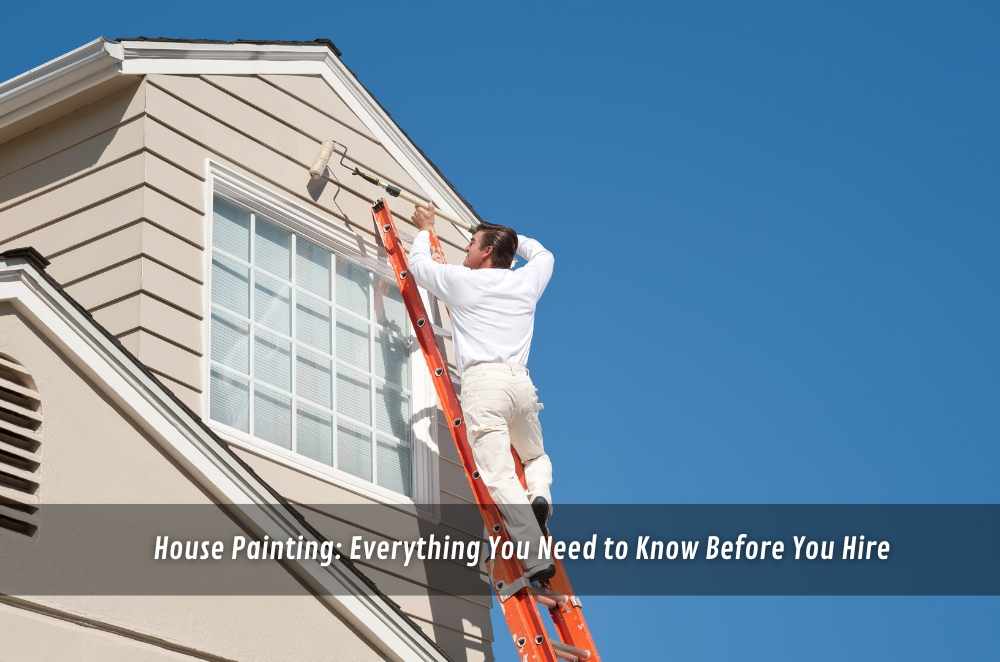
There’s this idea that painting a house is just… paint on walls. Easy. A couple of brushes, a few tins, and you’re sorted. But anyone who’s actually gone through it knows it’s never that simple. There’s a heap of little decisions to make. And if you get the wrong house painters, you could be looking at peeling trims or faded walls way sooner than you’d like.
I’ve been there—watched a neighbour in Marrickville go for a cheap “mate’s rates” job. The guys rocked up, worked two quick days, and it looked alright. Three months later, the paint around the windows was blistering like old lino in the sun. By the time she had it fixed, she’d spent double what a decent job would’ve cost.
Be clear on what’s getting painted
Sounds basic, but it’s where a lot of people trip up. Before anyone gives you a quote, decide:
Is it just the inside?
Inside and outside?
Are you doing trims, doors, and window frames?
Is that feature wall in the lounge staying or going?
If you’re vague, you’ll get vague pricing—and a whole lot of “extras” tacked on later.
Interior vs exterior – they’re different beasts
Painting inside is mostly about smooth finishes, crisp lines, and not choking everyone with fumes (low-VOC paints are a must). Outside? That’s a battle against the weather. Sydney sun will fade the wrong paint in no time, and if you skimp on prep before a wet winter, you’ll be repainting by next year.
Spring and autumn are usually sweet spots for exteriors—less heat, less rain. And if you’re still tossing up colours, you might like to check interior colour schemes for homes.
Prep makes or breaks the job
I’ve seen “fast” jobs that didn’t last a year because no one bothered to sand or prime. Proper prep should include:
Filling holes and cracks
Sanding flaking paint back to a solid surface
Priming anything raw
Masking off properly so your furniture or garden isn’t a mess afterwards
When I had my lounge painted, the crew spent two whole days just prepping. At the time, I thought, “Come on, it’s just a wall.” Four years later, it still looks perfect.
Paperwork and proof
A good painter won’t blink when you ask about:
Their licence (if the work needs it under NSW law)
Public liability insurance
Workers’ comp if they’ve got a crew
If they hesitate? Red flag. The NSW residential painting regulations lay it out pretty clearly—there’s no excuse for skipping the basics.
Paint types actually matter
It’s not just about colour. You’ve got:
Finishes – matte, satin, semi-gloss, gloss (each suits different spots)
Durability – washable paints for hallways, tougher stuff for kids’ rooms
Specialty paints – mould-resistant for bathrooms, heat-reflective for exteriors
A decent painter will steer you toward what lasts—not just what’s cheapest this week.
Understanding the quote
Two quotes can look miles apart in price because one includes scaffold hire, three coats, and clean-up… and the other doesn’t. Check for:
Brand and quality of paint
Number of coats promised
Whether repairs are included
Waste removal
A cheap quote’s not a bargain if you’re repainting in two years.
Timing’s not just about your calendar
Paint hates extremes—too cold, too hot, too wet. Exterior work in a Sydney summer can mean paint drying too fast and peeling later. Winter? It can take forever to cure. Inside, you still want some airflow, so mid-winter with everything shut up isn’t ideal.
Keep talking
Misunderstandings are the quickest way to end up with the wrong shade or the wrong finish. Sort out:
Exactly which walls are which colours
Whether ceilings and trims are included
Any areas to leave untouched
Start and finish times (painters who rock up late can throw off your whole week)
Good painters won’t just nod along—they’ll confirm the plan back to you.
Look at what they’ve done before
Don’t just take their word for it. Ask for:
Photos of recent jobs
Contact details for past clients
Examples of work on homes like yours (heritage? modern? lots of tricky details?)
When we did the kitchen in our old Federation place, we only looked at painters with heritage experience. Worth it—the decorative ceilings and old timberwork came through untouched.
Safety’s not optional
If it’s more than a one-storey job, ladders and scaffolding are a safety issue. And if your place is pre-1970s, lead paint could be in the mix. Ask about:
Safe removal processes
Protective gear for the crew
How they’ll protect your plants, pets, or driveway
You don’t want to be the one explaining a “paint spill incident” to the neighbour.
Don’t hand over all the cash
Deposits are normal. Paying the whole lot before they start? Not smart. Keep the final payment until you’ve walked through and you’re happy with the finish.
Keep it looking fresh
Good painters will give you care tips:
Gentle cleaning (no harsh scrubbers)
Checking for cracks or peeling
Recoating high-traffic spots when they start to dull
For more on keeping exteriors sharp, have a look at exterior house painting tips.
My rookie mistake
Back when I first bought my place, I went for bargain-bin paint. Thought I was clever. Took three coats to cover the old colour and still looked patchy. Ended up calling in pros anyway—and paying extra because they had to cover my mess first.
Ask these before you say yes
Licensed and insured?
How much prep?
Which paint brand?
How many coats?
Any similar jobs you can show me?
Payment schedule?
Job timeline?
If they dodge, mumble, or get snappy, you’ve probably dodged a bullet.
Watch for these red flags
The price is way below everyone else without a reason
No written scope of work
Wants full payment up front
No proper contact details
If you get that uneasy feeling, trust it. There’s always another painter.
Final thoughts
Painting a house can make it feel brand new—but only if it’s done properly. The right house painters will prep like pros, use paints that suit our Aussie climate, and work to a finish you’ll still be proud of years down the track. Take your time choosing, ask the questions that matter, and don’t settle for “near enough.”


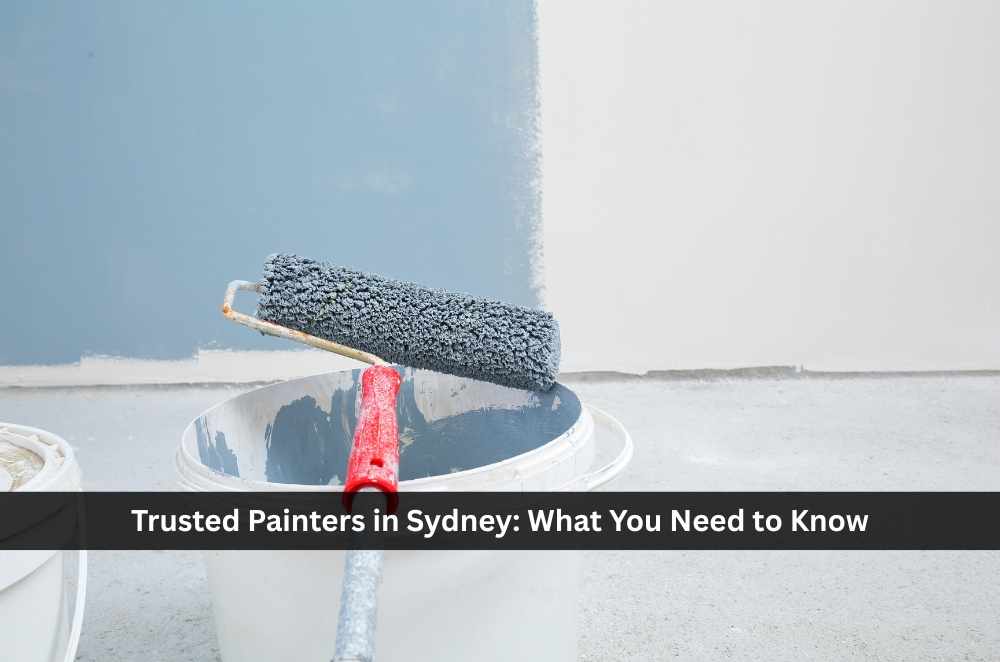
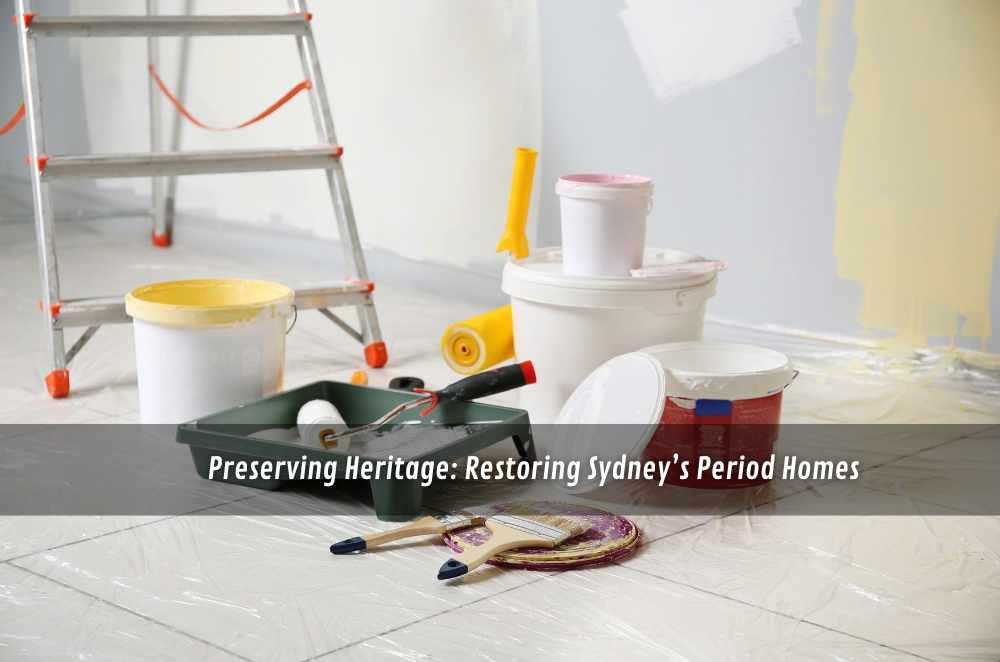
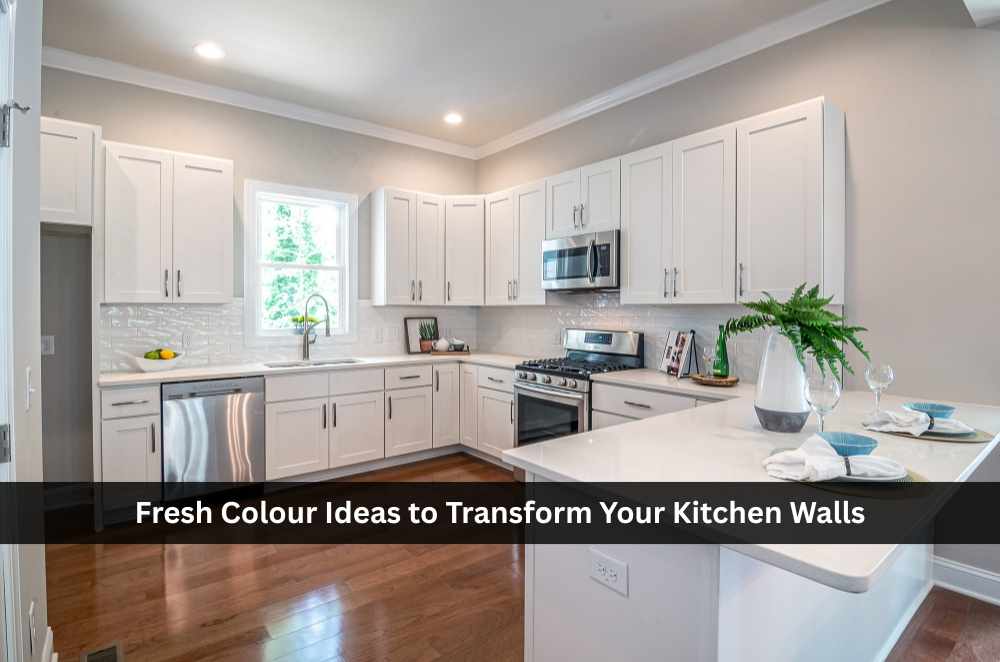
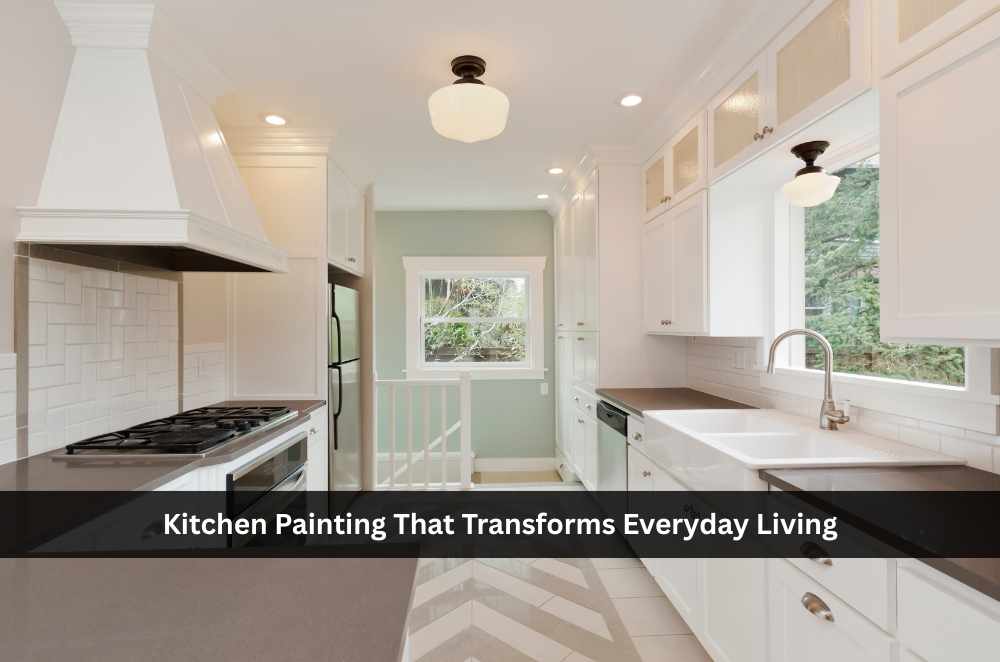





Write a comment ...